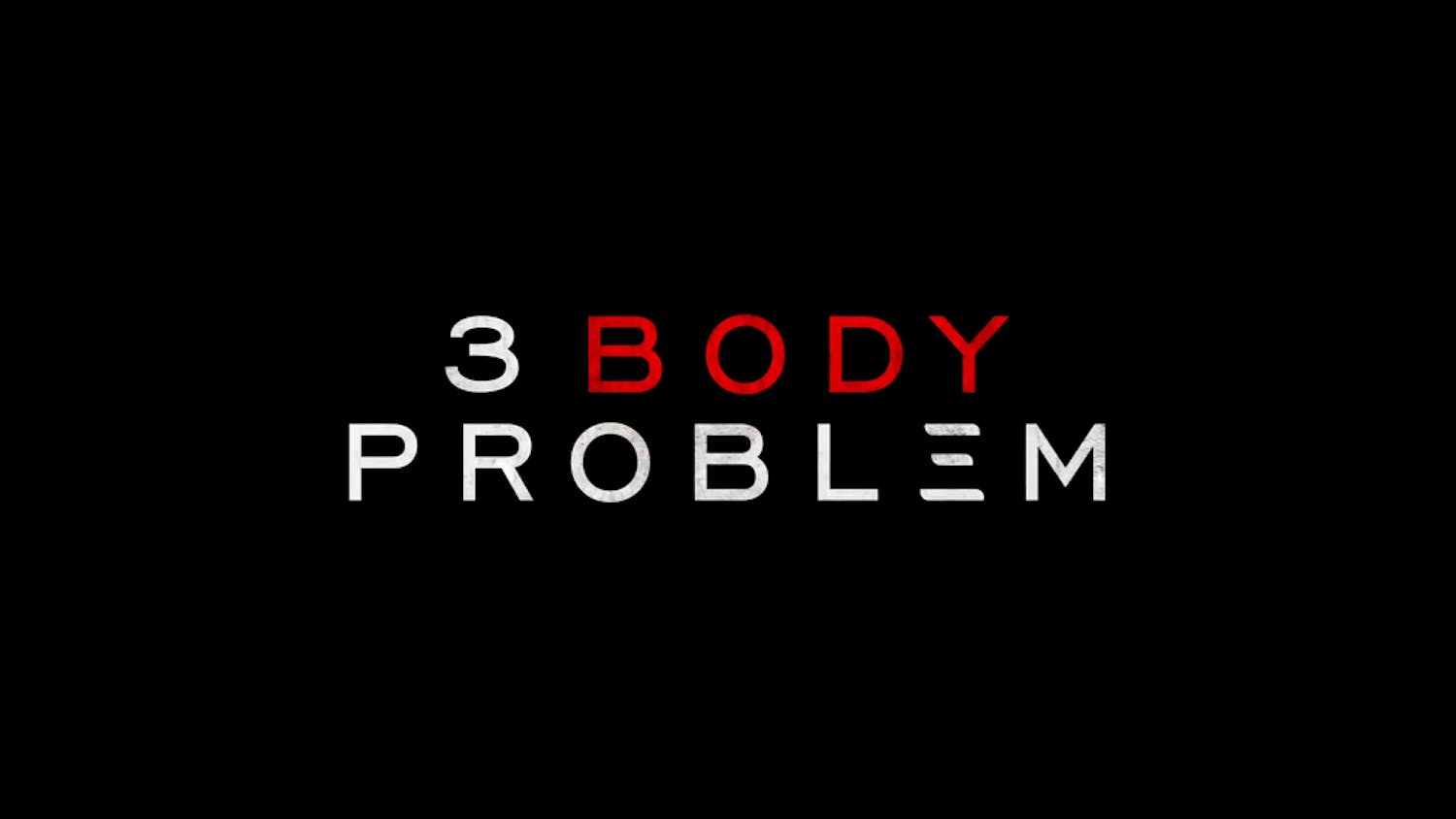A stroll through Harvard Yard this week might bring visitors more than they bargained for. Dec. 10 marks the 60th Anniversary of the Universal Declaration of Human Rights (UDHR), and Harvard has orchestrated a slew of events and a thought-provoking art installation to celebrate the occasion.
The first article of the UDHR reads, "All human beings are born free and equal in dignity and rights. They are endowed with reason and conscience and should act towards one another in a spirit of brotherhood." Adopted by the United Nations in 1948, the genocide of World War II still fresh in member states' minds, the declaration was the first global document to address and outline the rights that inherently belong to all human beings. By nature of being a declaration rather than a treaty, the UDHR is not legally binding in a formal sense. Nevertheless, its 30 articles have been assimilated into the laws of various countries throughout the world, and its tenants have been utilized in a number of other international treaties and documents.
The Human Rights Art Installation at Harvard University is designed to celebrate the fundamental freedoms established by the UDHR in an interactive and visually intriguing way. The installation features the 30 articles of the declaration, which will be projected onto buildings throughout the university beginning this evening and lasting until the anniversary on Wednesday.
"The buildings are chosen specifically for each article," said Public Policy Lecturer Jacqueline Bhabha, the director of Harvard's Committee on Human Rights Studies. "The Kennedy School projections will deal with the right to vote and other related issues; the [library] projection will deal with the right to information."
The outdoor placement facilitates a purpose which Bhabha, who spearheaded the installation, described as "communicating human rights as part of our public lives."
The piece is not simply meant for the Harvard community. "We want it to reach out to the border community, anyone going about their business in the Yard," Bhabha said. "Some of the words will project onto the pavement, which means that passersby will be physically walking over the messages and the articles will be moving across their bodies."
The installation is a visual complement to other events commemorating the anniversary. Programming will aim to demonstrate the relevance of the declaration in light of contemporary issues.
Today, there will be a town-hall meeting about AIDS at Harvard Medical School and a panel discussion concerning the development and security of Afghanistan at the Kennedy School. Tuesday evening, Bhabha will be on a panel that examines "The Genocide Convention at 60 Years: New Challenges or the Same Ones?" On Wednesday, a dramatic reading of the UDHR by local activists will verbalize the words illuminated on Harvard buildings, bringing the messages of universal freedom to the present with full force. The performance is free and open to the public.
The Human Rights Art Installation opens tonight at 5 p.m. and continues through Dec. 10. Bhabha will kick off the event in front of the Widener Library, where refreshments will be served.





